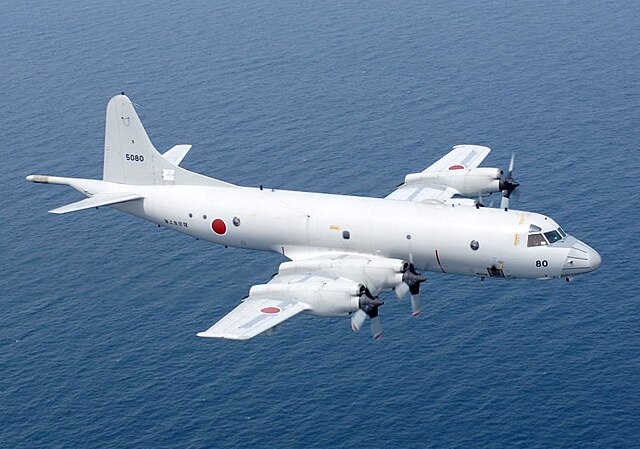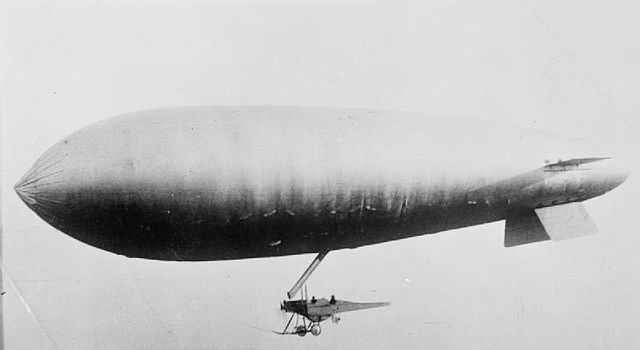Air-to-Surface Vessel radar
Radar, Air-to-Surface Vessel, or ASV radar for short, is a classification used by the Royal Air Force (RAF) to refer to a series of aircraft-mounted radar systems used to scan the surface of the ocean to locate ships and surfaced submarines. The first examples were developed just before the opening of World War II and they have remained a major instrument on patrol aircraft since that time. It is part of the wider surface search radar classification, which includes similar radars in ground and ship mountings.
Avro Anson K8758 demonstrated ASV in commanding fashion in September 1937.
The antenna array of the Mark II was quite large and produced considerable drag.
With the radome of the Mark III well streamlined, the Leigh light installation was also cleaned up by placing it in a retractable "dustbin".
The Swordfish mounted the ASV Mark XI radome between its landing gear.
A maritime patrol aircraft (MPA), also known as a patrol aircraft, maritime reconnaissance aircraft, maritime surveillance aircraft, or by the older American term patrol bomber, is a fixed-wing aircraft designed to operate for long durations over water in maritime patrol roles — in particular anti-submarine warfare (ASW), anti-ship warfare (AShW), and search and rescue (SAR).
A P-3C of the Japan Maritime Self-Defense Force
SS class airship
British Short Sunderland maritime reconnaissance flying boat
Interior of a French Navy Breguet Atlantic








